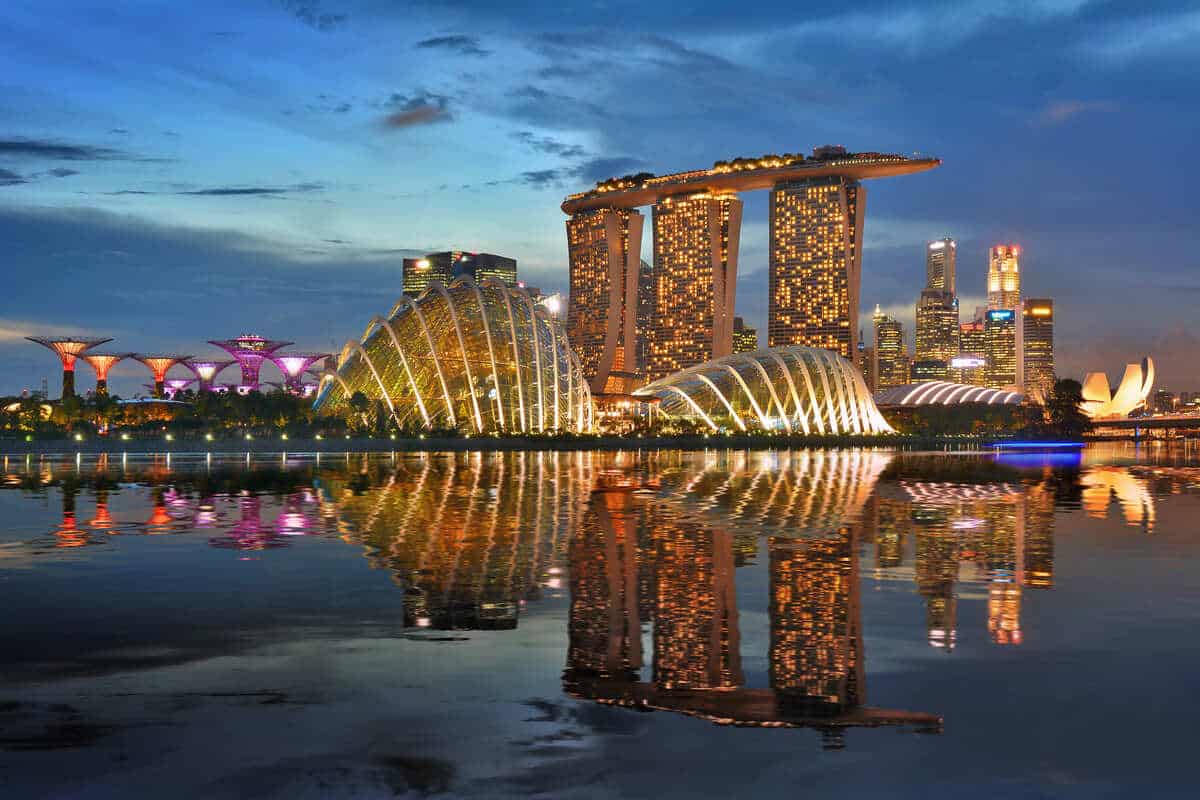With a travel industry more geared toward big spenders and the luxury segment, Americans are looking for cheaper destinations that will not be too hard on their wallets. The average cost of vacations has increased across the board, but the situation is particularly dire in eleven cities that are, in a way, a budget traveler’s worst nightmare.
After restrictions were eased and normal tourism resumed, demand for international travel went through the roof, and prices soon followed in an upward trend. There are still some pretty decent deals to be found, especially when expert advice is considered, but it’s a well-established fact the era of low-cost travel is nearing its end.
For young backpackers, digital nomads starting a business, or simply big savers, this means picking their next destination carefully:
Three U.S. Cities Among The World’s Most Expensive To Live

As customary, The Economist has just revealed the world’s top ten most expensive cities to live (and visit) right now, and a few of America’s favorite holiday escapes have made the list. Looking at the available data between August 16th and September 16th, researchers tracked prices of ‘over 200 goods and services’ across 172 cities.
This year, the ‘most expensive’ of those surveyed were:
- Singapore (Rank: 1, Index: 100)
- New York, USA (Rank: 1, Index: 100)
- Tel Aviv, Israel (Rank: 3, Index: 99)
- Hong Kong (Rank: 4, Index: 98)
- Los Angeles, USA (Rank: 4, Index: 98)
- Zurich, Switzerland (Rank: 6, Index: 94)
- Geneva, Switzerland (Rank: 7, Index: 91)
- San Francisco, USA (Rank: 8, Index: 85)
- Paris, France (Rank: 9, Index: 84)
- Copenhagen, Denmark (Rank: 10, Index: 83)
- Sydney, Australia (Rank: 10, Index: 83)

The list above comprises the ‘top ten positions’ for the most expensive destinations, though it features eleven entries. In other words, different cities may share the same podium, such as Singapore and New York, which rank together at number one with an index of 100. Similarly, Hong Kong and Los Angeles both chart at number 4 due to their identical index of 98.
The higher the index, the more prohibitive prices are.
Why Is New York The World’s Most Expensive Destination Right Now?

In calculating the index, the Economist Intelligence Unit analyzed prices for more than 200 ‘specified products and services’, including food, drink, transportation, and recreational activities during a six-month interval. Data was gathered from a ‘range of stores’, from mid-priced to higher-priced, in order to obtain the most accurate results.
Then, economists convert local prices into U.S. dollars in order to achieve a ‘comparative index’, using the highest-scoring cities (in this case, Singapore and New York) as reference points. Thus, results are influenced not only by higher inflation rates but the strength of any individual currency against the dollar and exchange rates at the time of conversion.

Naturally, New York rose to the top of the list as the dollar reached an all-time high in October, knocking Tel Aviv off the number one spot it occupied in last year’s ranking. Israel’s leading metropolitan hub and the most liberal city in the Middle East, Tel Aviv, is expected to see hotel prices skyrocket in 2023, alongside a number of tourist hotspots.
Out of all the major destinations eligible to feature, only Kyiv, the capital of Ukraine, was not included due to the ongoing war against Russia. The Worldwide Cost of Living Survey (WCOL) concluded prices have risen up to 8.1% overall this year, in ‘local-currency terms’, while inflation has reached a 20-year high since the original study was published.
Helped by the dollar, other cities in the U.S. account for ‘six out of the ten’ of the ‘biggest movers up’ in the past 12 months:
- Atlanta (Index: 70, Rank move: 42)
- Charlotte (Index: 69, Rank move: 39)
- Indianapolis (Index: 69, Rank move: 39)
- San Diego (Index: 70, Rank move: 33)
- Portland (Index: 70, Rank move: 30)
- Boston (Index: 78, Rank move: 29)
Interestingly, the Mexican capital of Mexico City also hiked 33 spots in a single year, propelled by Mexico’s interest-rate hikes, known to have supported the Mexican peso (as attested by The Economist) and the fading demand for budget travel in Mexico. This year, it has a price index of 71, higher than five of the six U.S. cities featured on the ‘climbers’ list.

The 12 Cheapest Destinations
Conversely, the twelve cities in the ‘bottom top ten’ positions were the following:
- Damascus, Syria (Rank: 172, Index: 11)
- Tripoli, Libya (Rank: 171, Index: 22)
- Tehran, Iran (Rank: 170, Index: 23)
- Tunis, Tunisia (Rank: 169, Index: 30)
- Tashkent, Uzbekistan (Rank: 168, Index: 31)
- Karachi, Pakistan (Rank: 167, Index: 32)
- Almaty, Kazakhstan (Rank: 166, Index: 34)
- Ahmedabad, India (Rank: 165, Index: 35)
- Chennai, India (Rank: 164, Index: 37)
- Algiers, Algeria (Rank: 161, Index: 38)
- Bangalore, India (Rank: 161, Index: 38)
- Colombo, Sri Lanka (Rank: 161, Index: 38)

Damascus, Tripoli, and Tehran are this year’s cheapest destinations, resulting from their respective countries’ weak currencies and unstable economies. The U.S. strongly discourages travel to these three cities in light of their ongoing political turmoils, notably Tehran, where widespread protests have erupted recently.

